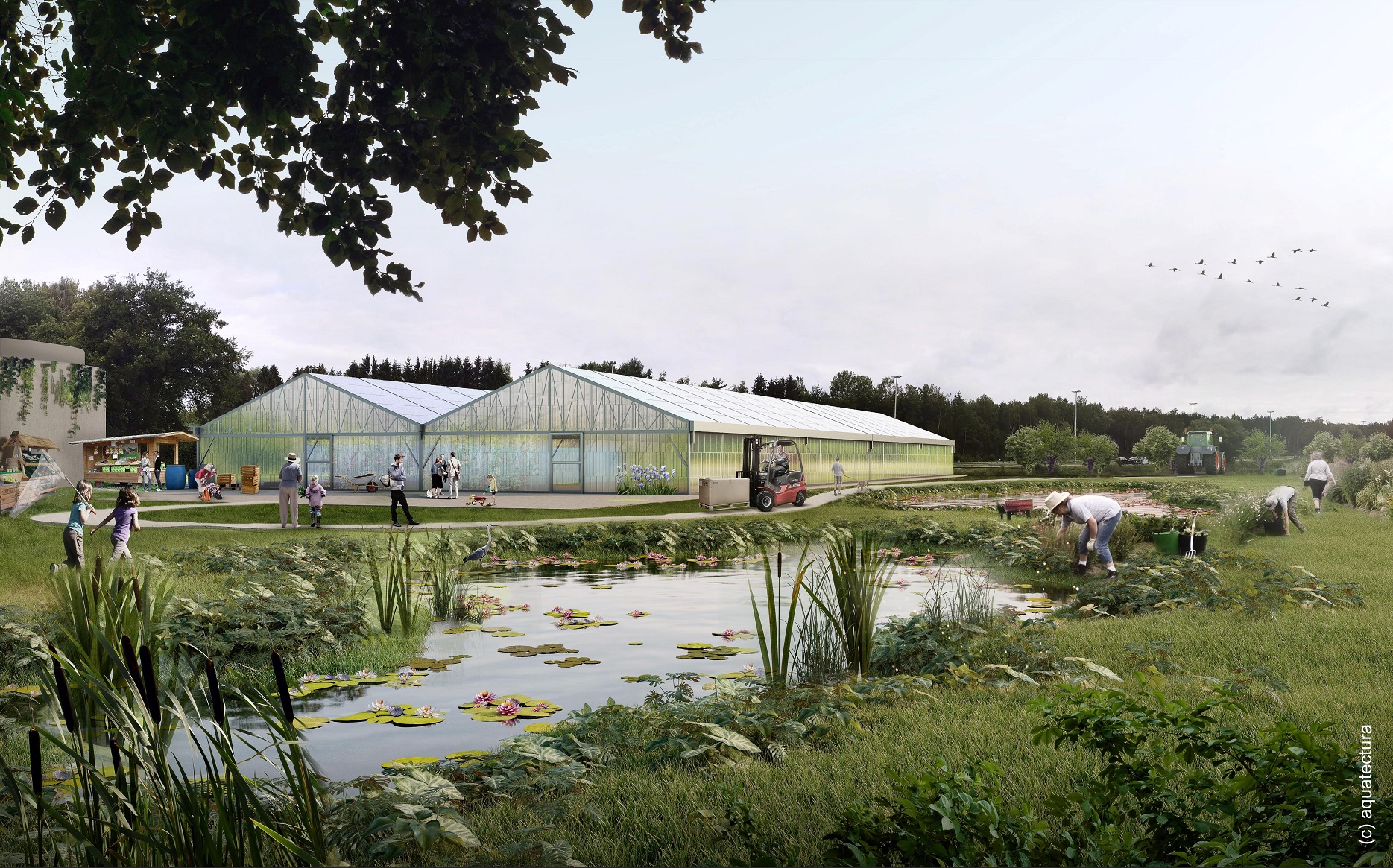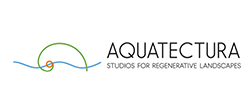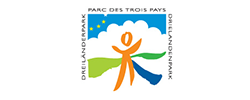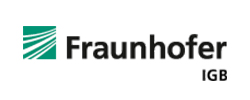An ecosystem-sensitive and design-attractive embedding of hydroponic greenhouses into the landscape and its watershed offers a crucial success factor for regulatory approvals, but also for also the broadest possible social acceptance.
The HypoWave concept deals with solutions for high-quality water and nutrient reuse in agriculture. In addition to the targeted treatment of municipal wastewater, the focus is on its use in a hydroponic greenhouse for crop production. Despite manifold advantages, however, significant negative effects can also arise in rural regions. Notorious are the widespread foil greenhouses in Southern Europe, which ruin the landscape and the recreational value of entire coastal landscapes. High energy requirements for heating and lighting, as well as the loss of fossil groundwater, landscape atmosphere, biodiversity, and other ecosystem services, are particularly impactful in extensive greenhouse areas. An ecosystem-sensitive and design-attractive embedding into the landscape and its watershed is therefore indispensable. Therefore, greenhouses of at least 1 hectare in size would have to take landscape and ecosystem design criteria into account at an early stage, in addition to the technical design of a regionally appropriate HypoWave system.
This is where the landscape construction kit design approach comes in. The developed landscape construction kit provides for landscape blue-green infrastructures. This includes a short-rotation plantation with fast-growing willow trees and a designed wetland landscape with reed polders and fining ponds. In addition to further purification of the water, buffering of fluctuations in supply or retention of nutrients and minerals, this will also bring about positive climate effects and further synergies, e.g. also for public use as a landscape park.
In short, the complementary design of open, climate-effective landscape systems enables the ecosystem-functional and aesthetically attractive embedding of the HypoWave concept in the watershed and surrounding landscape. Last but not least, this approach offers a crucial success factor for regulatory approvals but also for also the broadest possible social acceptance.





